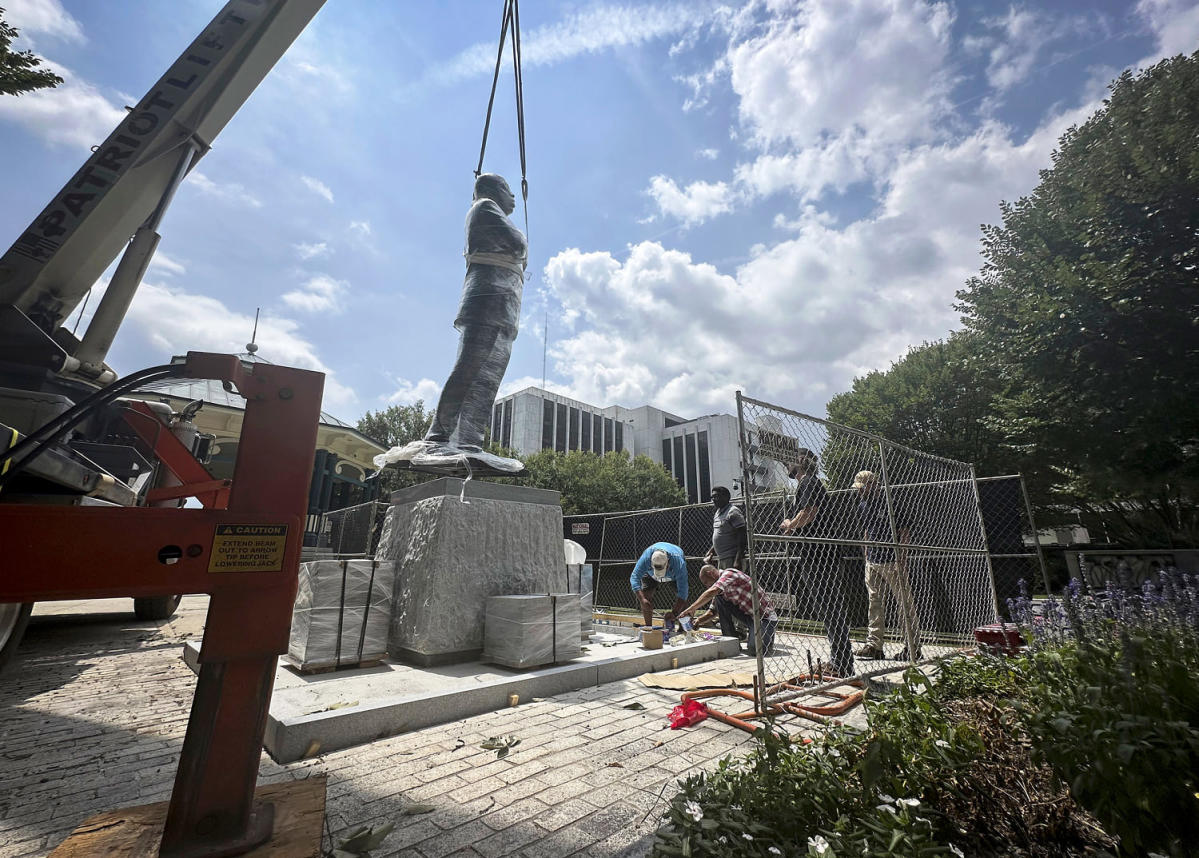As part of its “Housing for All” strategy, the City of Saint John plans to create “green zones” where homeless camps can be set up.
Starting later this summer, residents will have the opportunity to provide feedback on possible locations for these zones, said David Dobbelsteyn, the city’s director of growth and community services.
He said city staff would brief council members on the strategy at their next meeting on Aug. 19.
“At that point, we will probably have established some parameters for their feedback and for the public’s feedback on what might constitute a green zone and what the various parameters are for the location of those zones.”
Green zones – along with yellow zones where encampments are allowed at certain times of the year and red zones where no encampments are allowed – are part of the city’s strategy to reduce homelessness in Saint John within three years.
Saint John is in the early stages of implementing a plan to reduce homelessness in the city over a three-year period. The first priority will be the creation of designated “green zones” for structured encampments.
Dobbelsteyn said a range of services were being considered for the green zones, such as service staff, electricity, heating, garbage collection and temporary “structures” such as housing units with beds, bathrooms and small kitchenettes.
“These are all details that are still being worked out,” he said.
Safety concerns
Dobbelsteyn said residents had expressed concerns about public safety.
“There are currently concerns about the camps due to a lack of security or a lack of support from frontline organizations,” he said.
“There is a concern that the camps could get out of control if they don’t have support from experts who can provide these services… so those are the questions we are dealing with now.”
Dobbelsteyn said there would be “very few” green zones and attention would be paid to where they were located.
“We need to make sure they are far enough away from schools, daycare centers and other properties where there could be conflict with people, a camp or a green zone,” he said.
Julia Woodhall-Melnik, head of the Canadian Resilient Communities research group at the University of New Brunswick in Saint John, said her reaction to the strategy was mixed.
“We have failed people for so long when it comes to meeting their basic housing needs,” she said.
“As people who own their own homes, we no longer have the right to turn around and say, ‘Not near me.’ So the rhetoric surrounding the red, green and yellow zones is a little bit of a NIMBY ideology – ‘Not in my backyard.'”
Woodhall-Melnik said the zones speak well to frightened citizens who may not be used to seeing homelessness on this scale and are concerned about their safety.
But she also praises the plan because it takes into account the magnitude of the problem.
“I think the strategy successfully recognizes that we need housing and that it is a long-term plan – a three-year plan,” she said.
“There is a lot of focus on working with the province (in the plan), which is extremely important because the provincial government has a lot of resources to do this… we really need to be aggressive in advocating and presenting solutions that work for our community and asking for funding.”
According to the strategy document, the provincial government has agreed to take a “leadership role” or “partnership” in 20 of the plan’s 28 actions.
She said the challenge the city faces due to its limited resources is enormous.
“If someone has worked for the city for 15 years as an employee, this is probably the first time they’ve experienced something like this,” she said.
“They are being asked to work in a completely new area without the resources they need. And is that taken into account? Well, no, absolutely not. Are they doing their best considering the collaboration and the resources available or not? I would say yes.”
“We have to put them somewhere”
Saint John City Councillor David Hickey supports the strategy, saying residents are rightly concerned about public safety around the encampments, but those concerns need to be separated from homelessness.
He said: “You also have to recognize that we have these problems in our community and that public safety presents real challenges.”

Hickey said green zones are an achievable first step.
“From a feasibility perspective, the green zones are important and feasible. We have seen other municipalities do this. We just need to make sure the locations are right,” he said.
Pointing to the park behind him, Hickey said, “Welcome to a red zone. There won’t be too many tents here… but there are places in this community where there will be some because we know we’re going to have to put tents somewhere.”





